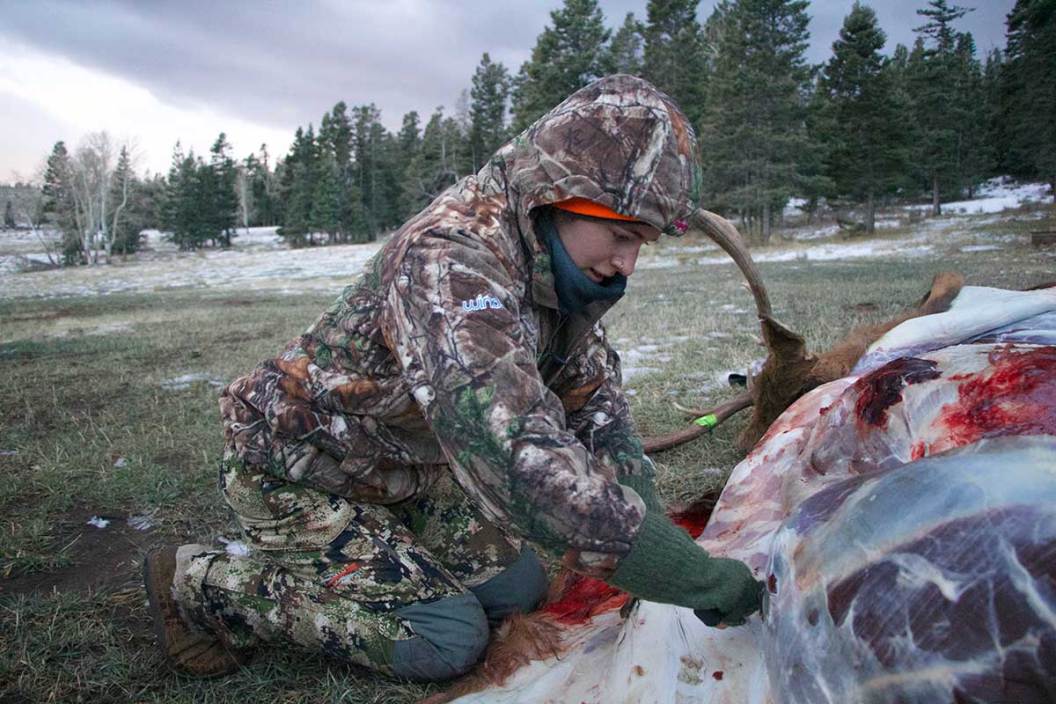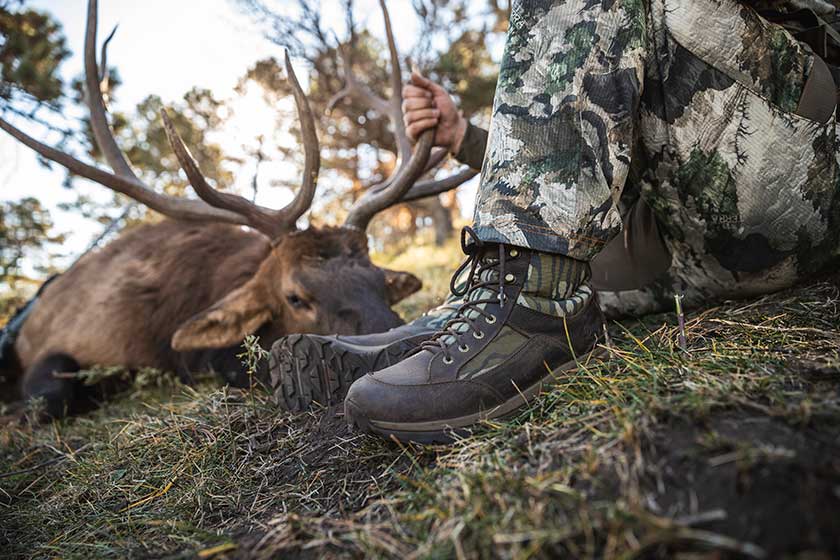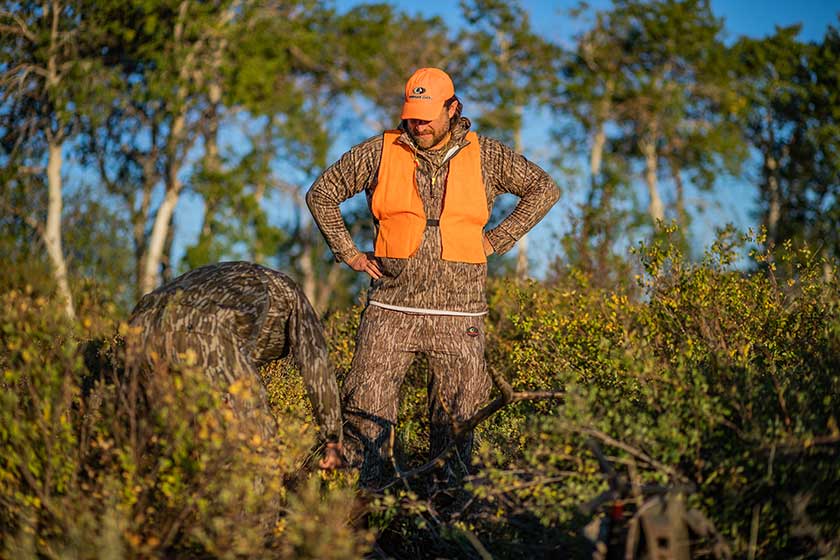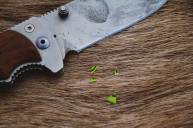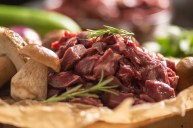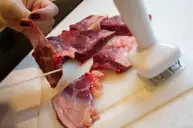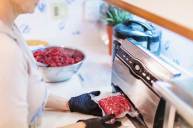If elk hunters are fortunate enough to get a bull or cow elk down, it's their ethical duty (and legal obligation) to not waste the meat. However, if temps are unseasonably hot during archery season, or a hunt suddenly heads south, this can be easier said than done. Based on anecdotes that I've heard, most meat spoilage experienced by honest hunters is accidental. Sometimes, a well-placed shot isn't enough to immediately drop an elk. The mortally wounded animal can still run hundreds of yards and bed down in a hidey-hole that's nearly impossible to find without a strong blood trail. This can be catastrophic for filling the freezer, especially during early archery seasons when it can be 80+ degrees during the day and your icy cooler is miles away.
Luckily, if you locate your downed elk quickly and get the quarters off as soon as you can, meat spoilage can be easily avoided. Here are a few tips for avoiding wasting your elk meat when everything goes right.
Keep Elk Meat Cool
Heat is elk meat's worst enemy. Failure to rapidly and sufficiently cool elk meat is arguably one of the biggest reasons hunters unintentionally waste meat. This is especially important to keep in mind if you're a bowhunter; late summer temperatures between 60 and 80 degrees Fahrenheit occur frequently during September in the Rockies. It can be remarkably harder to cool elk meat as opposed to late-season rifle hunts, when the air temperature may never get above freezing.
To keep the meat cool, prioritize skinning and quartering your elk quickly after you locate it post-shot. Most of their body heat is held in their hips, so I recommend removing the rear quarter on one side first prior to removing the front shoulder. When you flip your elk over onto its other side, remove the remaining hindquarter next. Opening up the pelvic area will help a large amount of heat dissipate. Once the quarters are removed, consider de-boning them. Not only will this decrease the weight in your pack (unless you want to keep the bones for bone broth), but it'll help cool your meat off faster, too. By doing so, you increase the surface area of your meat, exposing more of it to cool air that will help remove heat.
Hang Elk Meat in Game Bags
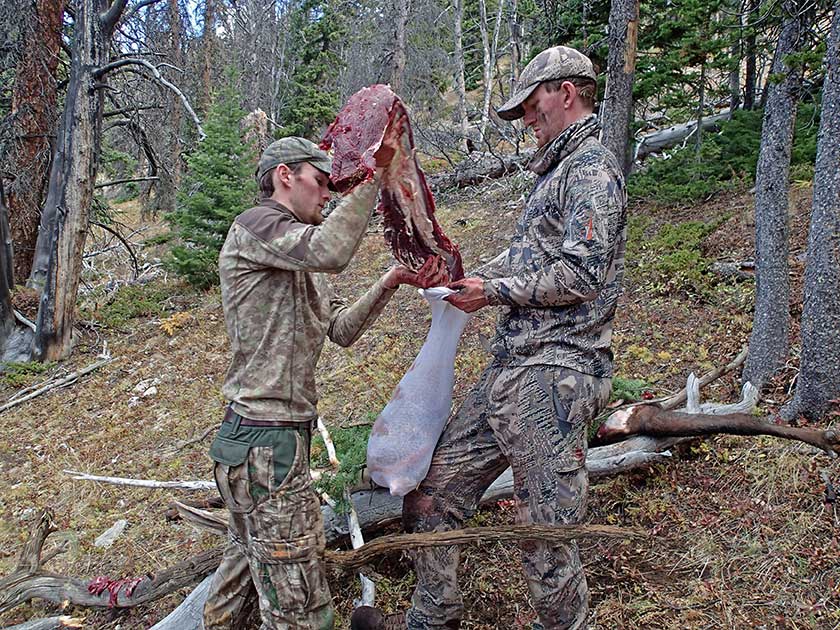
Jean-Erick PASQUIER/Getty
When your quarters, backstraps, tenderloins, neck meat, rib meat, and any other cuts you're taking are removed, use game bags to hang your elk meat. Game bags are incredibly useful during western big game hunts because they help fight meat spoilage. Game bags keep your meat in a safe place away from bugs, plant debris, direct sunlight, and dust. Additionally, most game bags come with a paracord strap, allowing you to easily hang your elk meat in a high tree limb away from scavengers. Hanging your game meat also exposes it to flowing air, especially if you hang it in a river bottom or other consistently breezy place. Airflow assists in the formation of the outer rind layer on your elk meat, which helps further protect it against bugs and dust.
By utilizing game bags, you keep flies from laying eggs on your meat (and maggots from forming on it), prevent scavengers from having easy access to it, support the formation of the rind, and increase airflow. All of these things are essential for keeping your elk meat as fresh as possible.
Keep Elk Meat Dry
Keeping elk meat dry is also important for the formation of the outer rind. You'll want a rind to form on your elk meat to protect it both in the backcountry and while it ages. If your meat stays too damp or gets soaked in water, it may not form a rind and could be more at risk for spoilage. However, accidentally leaving your elk meat in a cooler full of melted ice won't completely ruin your meat by any means. Wild game meat is tough, and as long as you dry it off prior to hanging, aging, or processing it, you should be okay. Just give it a smell, and unless it's completely off-putting and foul, you should be good to go.
Get Elk Meat to a Cooler ASAP
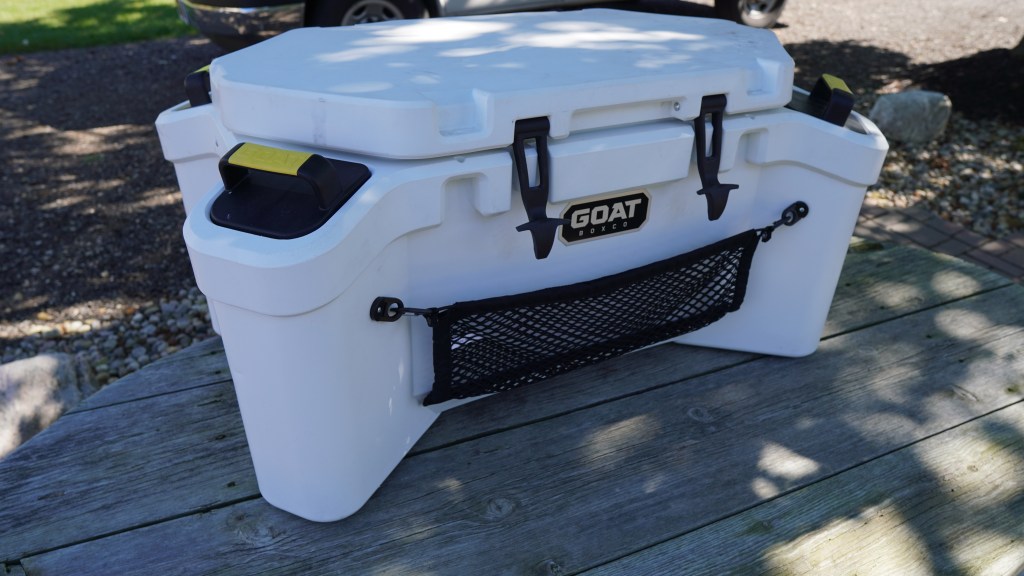
Travis Smola
Even if you took great care of your meat in the backcountry, not keeping it in a cold cooler for your drive back to your home base can be catastrophic. When you're ready to pack out your meat, especially if you're hunting during an early archery season, get your elk meat into a cooler as quickly as you can. As I mentioned before, heat is meat's worst enemy when it comes to spoilage. As a further reminder, remember that some folks forget to pre-cool their coolers prior to having an elk down. For these hunters, they end up putting their elk meat in a cooler that's the same temperature as the interior of their truck. Your elk quarters will absorb this extra heat, elongating the time it takes to get them cool. Here's a hot tip to avoid that: having your cooler already full of ice prior to putting meat in it can be a lifesaver.
Store Your Elk Meat Properly in the Freezer
Your freezer is the last place where your elk meat can spoil. This can be attributed to a few factors. The first one depends on whether or not fat was left on the meat prior to it being stored in the freezer. Fat is the first thing to expire when it comes to meat storage; if it stays in the freezer for too long, it can go rancid long before the actual frozen meat goes bad. However, if the fat goes bad, it's safe to assume that funky flavor will be in the rest of the frozen cut, too. I always recommend removing as much of the fat as you can off your elk meat during processing prior to freezing it.
Secondly, poor freezer wrapping jobs can allow elk meat to spoil before its expiration date. This is usually due to air accessing the surface of your meat while it's frozen. If you use plastic wrap and freezer paper, leaving air inside the plastic wrap job can expose your meat to to freezer burn. Additionally, if the freezer paper wrap isn't tight enough, air can get into your package of meat, too, also causing freezer burn. If you use vacuum sealers, failing to get a perfect seal on both ends of the plastic packaging can let air get in there, too. Sealing sharp bones or other pokey parts inside the bags can puncture packaging even if you got a perfect seal. This can ruin your packaging efforts and your elk meat, too.
Lastly, don't allow your elk meat to become a freezer fossil. Even if you stored it perfectly, forgetting about frozen elk meat for years can certainly cause it to spoil. Cycle through your freezer each year to make sure you're not neglecting that last piece of backstrap or a buried tenderloin.
Elk meat is truly a precious resource that should be enjoyed by hungry loved ones. If you're lucky enough to bag an elk, be sure to protect your meat from spoilage to the best of your ability. Your tastebuds and friends will thank you.
